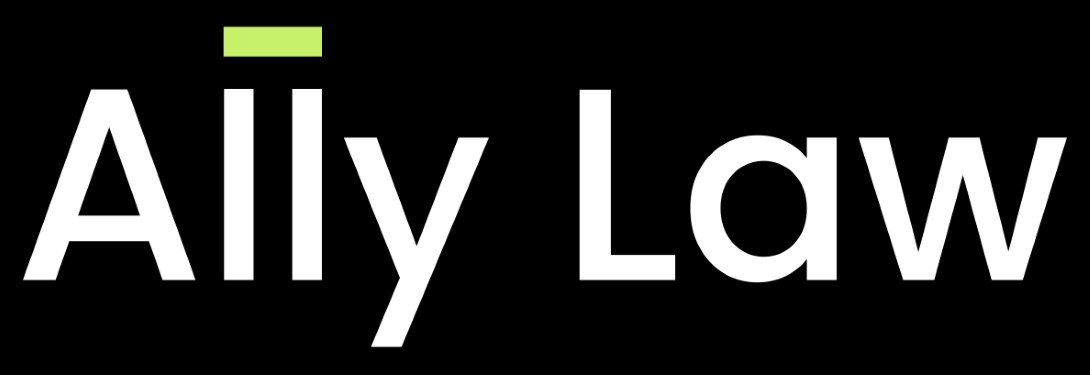Hong Kong, 14 April 2021: Six-year-olds can be refreshingly blunt with their questions. “Gung gung [grandfather], when can I go to my house?” asks grandson Nathan. He’s referring to our idyllic family retreat on Australia’s Gold Coast where, in normal circumstances, we typically stay two or three times a year. I do my best to explain that the answer depends on Hong Kong’s mass vaccination drive: the more people who have their Covid-19 jab, the quicker we will return to normal life. Next query: “Why aren’t people getting vaccinated?” Well that, young man, is more difficult to summarise.
After 47 days, about 918,700 doses of vaccines have been administered. Some 615,300 citizens (just 8.2% of the population) have received their first dose. Of these, around 303,400 people have also had their second jab and can be considered fully inoculated. In the world table of percentage of population with at least one dose, Hong Kong is 53rd, sandwiched between Grenada and Latvia.
Our city’s sluggish vaccination drive is both frustrating and perplexing. Everyone is offered a choice of two excellent vaccines, either German-made BioNTech or mainland-produced Sinovac, and the online booking system is simple and efficient. The processing of people at vaccination centres is practically flawless while the staff are magnificent. I can vouch for this, having received both my jabs, and my friends report a similar experience.
So why the hesitancy? At the core of it is distrust of our government – stretching back to the 2019 protests, or even further for some – and inadequate public health messaging. Throw in scare stories about (unrelated) patient fatalities and people receiving the wrong jab, plus a 12-day suspension of BioNTech due to packaging defects, and you have a less than ideal situation.
Complacency is another factor. It must be acknowledged that Hong Kong is among the world leaders regarding how it has coped with the pandemic, with remarkably low infection and fatality rates. Illustrating this, the city confirmed just three new local cases yesterday with a further 10 imported, taking our cumulative total to 11,607 with 208 related fatalities. We are told to expect five new infections today.
While some of this successful Covid-19 mitigation is down to generally sensible (though occasionally overly-cautious and inconsistent) government policies, much of it is due to the diligence of citizens who remember the 2003 SARS outbreak. Daily life has been considerably less disrupted than elsewhere. Perhaps this explains, in part, the public’s leaden response to being inoculated.
Our government is finally (belatedly, some may say) facing up to the issue of vaccine hesitancy and attempting to – ahem – inject some urgency into its programme. In front of a huge backdrop proclaiming “A new direction in fighting the pandemic” (this administration LOVES slogans), Chief Executive Carrie Lam on Monday announced citizens would be allowed to dine out in larger groups and access travel privileges under “vaccination bubble” incentives aimed at boosting the jabs rate.
From 29 April (yes, you read that correctly, another two weeks to wait), social distancing measures at restaurants will be relaxed in a phased approach based on staff and customers being vaccinated and the latter using the government’s “Leave Home Safe” risk-exposure notification app; under similar conditions, bars and pubs will be allowed to reopen at limited capacity; fully inoculated people can visit care homes after passing a rapid virus test; and there is the likelihood of reduced quarantine requirements for fully vaccinated arrivals from lower-risk countries. As well, the authorities have revived talks with Singapore about a travel bubble for vaccinated people.
Some employers in our city’s floundering F&B industry are unimpressed, saying the government is unfairly making them responsible for solving the city’s vaccination problems. But Ms Lam is unrepentant. While denying the plans are intended to coerce residents into taking the jab, she admits the vaccination rate is “not very satisfactory” and insists her administration is providing a “timetable and road map” for returning to normal life.
With respect – and fully recognising the Chief Executive and her advisers are facing unprecedented challenges – her timetable is vague and the road map fuzzy. There are no identified milestones or stated targets such as, “When we reach X number of vaccinations, Y will happen.” British Prime Minister Boris Johnson, who has taken his fair share of flak this past year, has explicitly outlined his government’s lockdown exit strategy, with the goal of 21 June for removing all social distancing restrictions. As a result, people have headed to vaccination centres in droves. The UK has administered almost 40 million vaccination doses; 48% of its citizens have received at least one jab.
It can be summed up thus: Boris, the savvy politician, has communicated clearly that the benefits of vaccination massively outweigh the risks; Carrie, the self-proclaimed administrator, hasn’t. Perhaps Nathan, in his endearingly direct and persistent manner, could ask her why.
Stay safe and well, everybody!
Colin Cohen
Senior Partner
Boase Cohen & Collins



